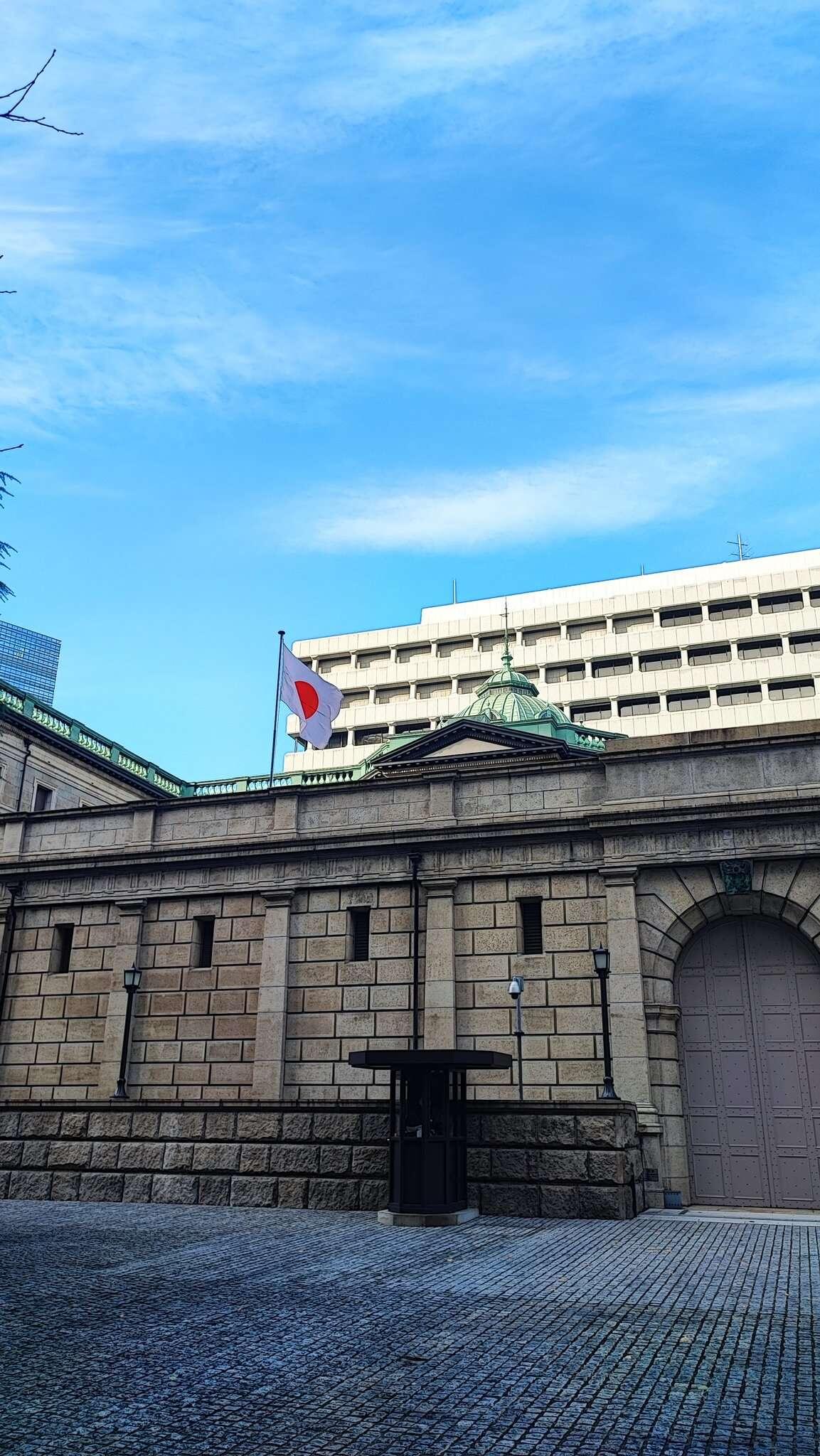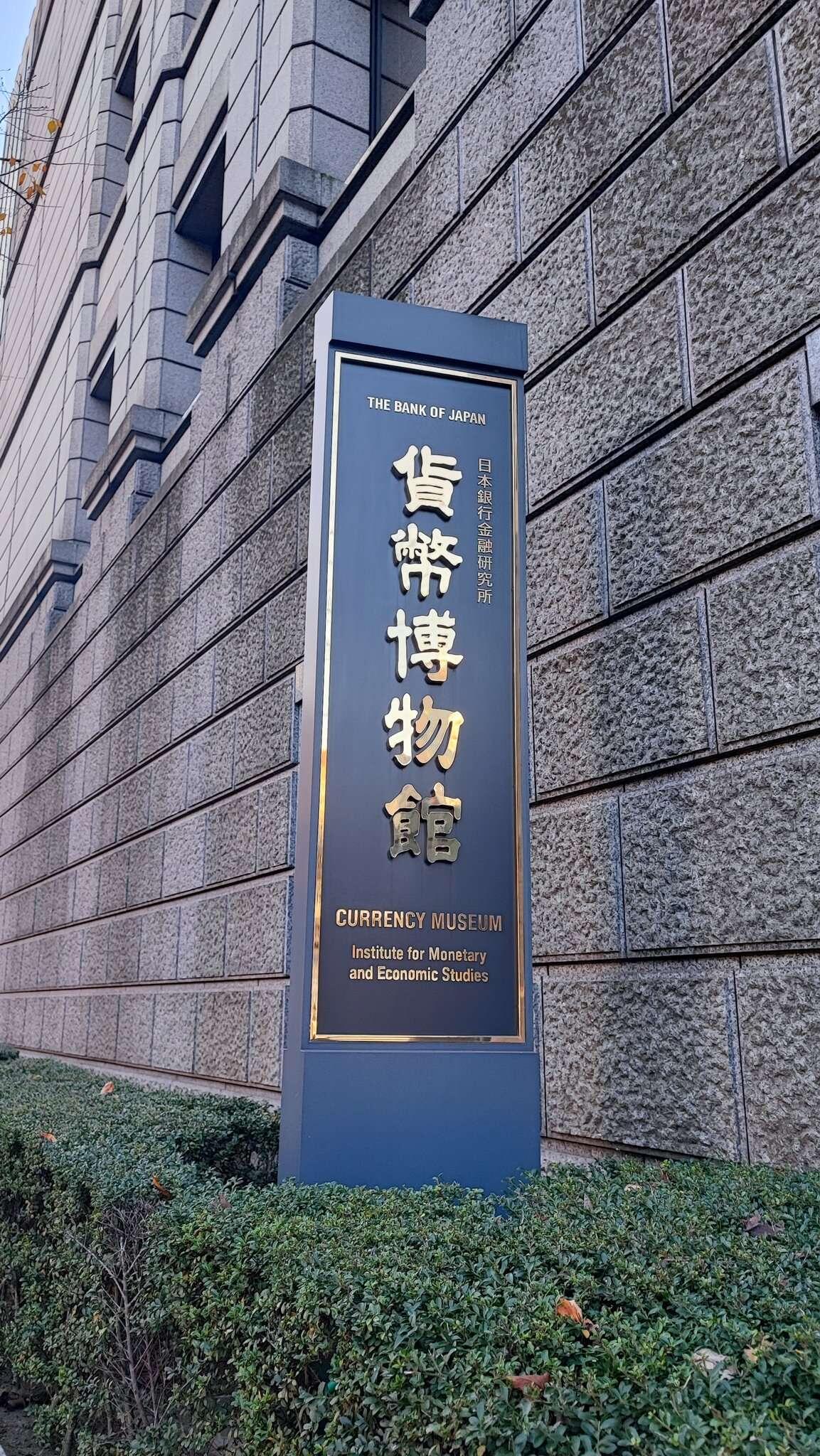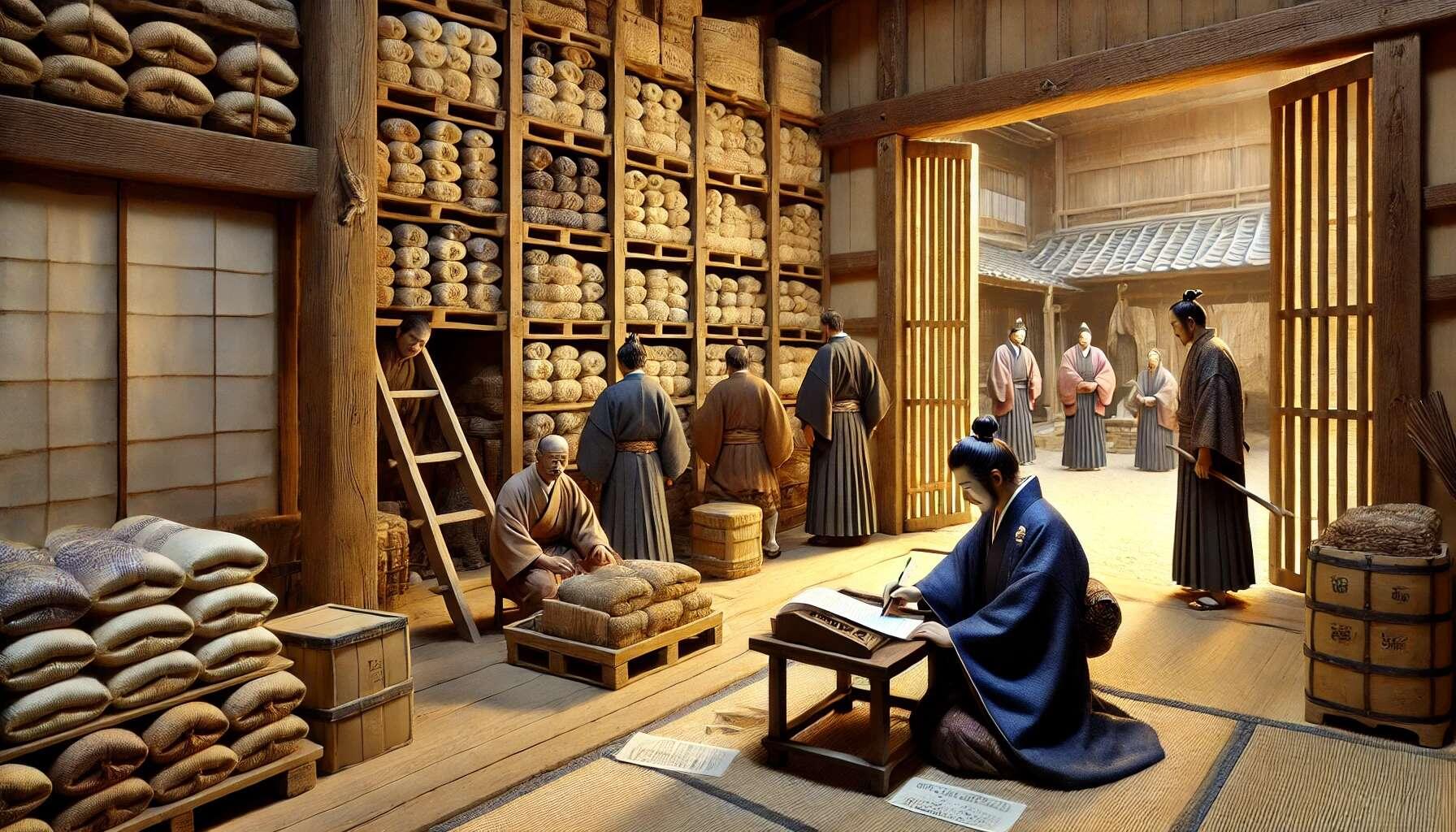SkyPanda on Nostr: I visited the Currency Museum ru by the Bank of Japan and learned about the history ...
I visited the Currency Museum ru by the Bank of Japan and learned about the history of money in Japan.
In the 7th to 8th centuries, Japan used coins like Fuhonsen and Wado Kaichin, but by the 8th to 10th centuries, problems arose. When new coins were issued, the government required 10 old coins to be exchanged for 1 new coin. Additionally, coins made of copper became smaller, lighter, and of poorer quality due to a copper shortage, leading to a decline in their value and trust. As a result, people stopped using coins.
By the 11th to 12th centuries, coins were replaced by items like rice, silk, and hemp cloth, which became a form of currency because "their value was stable". However, these items were bulky and inconvenient to carry. To solve this, the government stored these goods in warehouses and issued documents that instructed payment from these warehouses. These documents functioned like modern checks, representing the value of the stored goods.
Interestingly, this system resembles the concept of RWA (Real-World Asset)-backed tokens in the cryptocurrency world today. Over 1,000 years ago, the government essentially guaranteed the value of physical assets (like rice, silk, and cloth) and issued paper-like representations, much like early forms of currency backed by real-world assets.
#Bitcoin #BTC



In the 7th to 8th centuries, Japan used coins like Fuhonsen and Wado Kaichin, but by the 8th to 10th centuries, problems arose. When new coins were issued, the government required 10 old coins to be exchanged for 1 new coin. Additionally, coins made of copper became smaller, lighter, and of poorer quality due to a copper shortage, leading to a decline in their value and trust. As a result, people stopped using coins.
By the 11th to 12th centuries, coins were replaced by items like rice, silk, and hemp cloth, which became a form of currency because "their value was stable". However, these items were bulky and inconvenient to carry. To solve this, the government stored these goods in warehouses and issued documents that instructed payment from these warehouses. These documents functioned like modern checks, representing the value of the stored goods.
Interestingly, this system resembles the concept of RWA (Real-World Asset)-backed tokens in the cryptocurrency world today. Over 1,000 years ago, the government essentially guaranteed the value of physical assets (like rice, silk, and cloth) and issued paper-like representations, much like early forms of currency backed by real-world assets.
#Bitcoin #BTC



